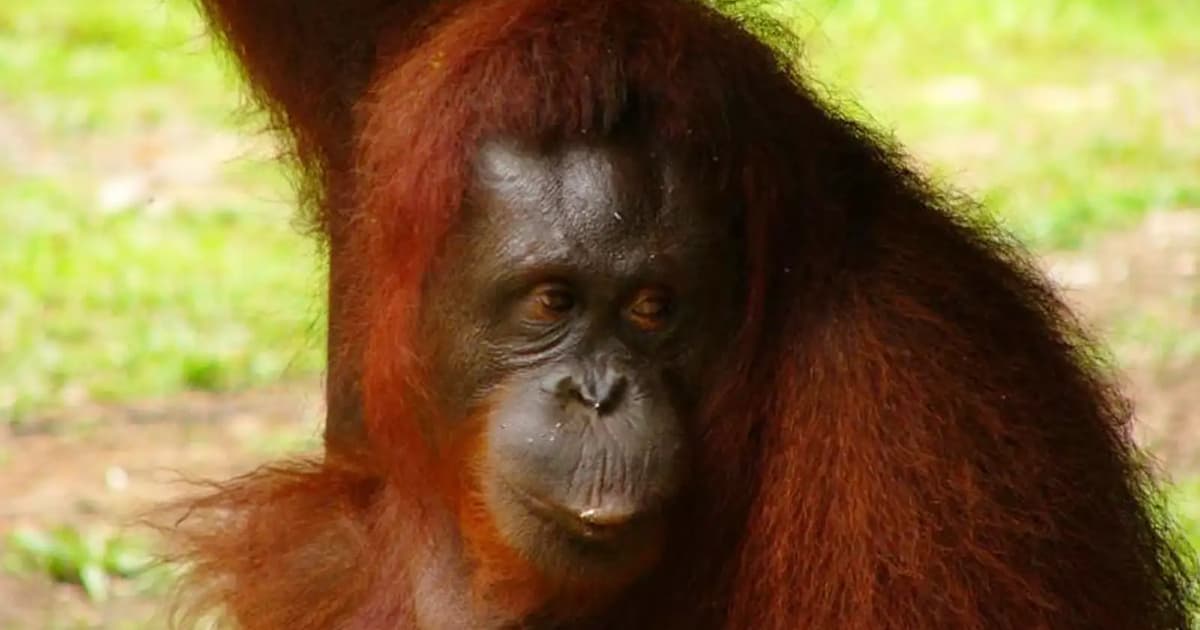
Delima’s playful antics in front of the camera remain etched in the memories of rangers at the Semenggoh Wildlife Centre.
The Bornean orangutan’s face, often featured on promotional posters, may be familiar to many. Wildlife officer Muhamad Azizi Ahmad Zaini said Delima had been particularly known for the clever tricks she’d pull to get her favourite fruits.
At just 10 months old, Delima had been rescued from Lubok Antu, Sarawak, and homed at the wildlife centre. But her life ended suddenly and tragically in 2013, when she was found covered in bite marks, gravely injured with only her right leg intact.

Rangers believe a dominant male, previously involved in an aggressive incident that had killed another orangutan the year before, could have been responsible for the tragedy. There was, however, no solid evidence to confirm this.
According to rangers, Delima – the mother of Annuar, Selina and Endu – often rejected attempts by a male orangutan to mate, which is believed to have triggered his aggression.
Her absence was only noticed when her youngest, Endu, was observed alone on a feeding platform three days after last being seen with her mother.
Puzzled, rangers launched a search and later found the decomposed body of a female orangutan in the forest. Sadly, it was Delima.
Azizi recalled how Delima would only let him and two other rangers approach her.
“After her death, I had to act like a foster father to Endu. I fed and stayed with her until her sister Selina took over,” recalled Azizi, who has served at the centre for nearly 13 years.
For him, Delima’s story is more than just about an animal – it’s about the bonds orangutans have with their primate families as well as humans, with whom they share about 97% of DNA.

Today, the Semenggoh Wildlife Centre is home to 28 Bornean orangutans, aged between three and 53 years, all roaming freely in 653 hectares of forest under close monitoring.
With the Bornean orangutan population now estimated at around 104,700 and categorised as critically endangered, Delima’s story is a reminder that every loss carries a significant impact – not only on the ecosystem but also on those who care for them.






